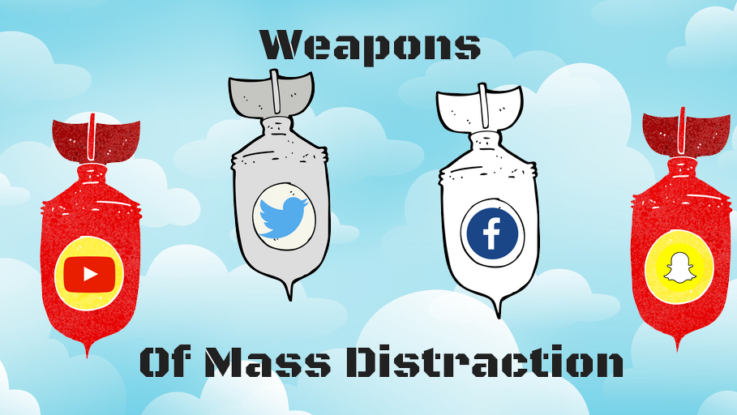
What is Social Media Warfare?

In recent years, social media has become the primary source of communication between the government and the public. Spreading fake information – disinformation – has become a common practice. Minority and radical groups have access to many social media channels, including networks such as Facebook, Twitter, YouTube, Skype, and music sharing communities like Spotify. Anyone can be an ‘information actor’ by filming a video, editing it according to his will, and sharing it on social media immediately. There are many fake identities on social media channels, and there is currently no way to control this. As a result, the use of social media for warfare has become more pronounced.
Easy accessibility to smartphones and free Wi-Fi has made communication more accessible, and the internet has changed the way people behave. Battles which take place in the virtual world affects attitude, and both state and non-state entities use social media to achieve their objectives. This may be political or military. There can be many ways for these groups to pursue their goals, and starting a false information campaign is one of them.
Disinformation on the internet is not a new thing and has been in the spotlight with the 2016 US elections. So, what do we mean by ‘disinformation’?
Disinformation: ‘False or misleading information. Spread in a calculated way to deceive target audiences.’ This is commonly known as ‘fake news’.
Both the Russian and Chinese governments have become very proficient in this area – using social media for disinformation.
Now that we understand what social media warfare is, let’s discuss each of the 4 Ds of social media warfare.
The 4 Ds of social media warfare

Dismiss the opposition
A country will use this phase to attack any message that appears to criticise them, rejecting the information as irrelevant or insignificant. They will often question the impartiality of the poster and reference the context and legality of the message.
Online harassment by trolls happens during this phase of the 4 Ds of social media warfare. By attacking the author’s personal as well as professional lives, negativity is spread about them on their profiles or blogs.
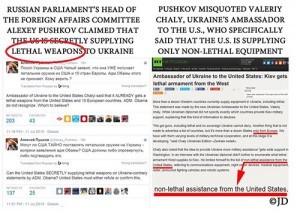
Distort the facts
Distorting the facts involves the creation of information that twists, changes, or exaggerates the original information to make it appear different. Russia and the USA have used a technique called a ‘Twitter War’ when discussing the Ukrainian crisis. This often leads to a distortion of the facts, as we can see from the image on the left.
It is also possible to hack the official accounts of government or state agencies using them to propagate distorted information. A recent Tweet by Associated Press claimed there had been an attack on the White House, which included an injured president. Within minutes, a massive dip in the S&P 500 index had occurred. It transpired to have been the Syrian Electronic Army.
Distract
A common tactic is to use social media to distract and divert attention to other events. These additional activities may never have happened.

Distraction involves the spread of “informational fog,” highlighting individual shocking incidents, deceiving people, and taking their attention away from other important events. Consider the following example: the ‘shocking’ video on the right, as it is labelled, is a blatant attempt to attract attention.
Another example is the use of internet trolling to garble online discussions and lead them somewhere else. Known as a “flame war” in the terminology of social media warfare, people give extreme opinions on social media networks, especially Facebook and Twitter, and spread hatred. They also have the option of writing in their language, e.g., Ukrainian, so that the Russians would not be able to comprehend it. Internet trolling is also a term connected to cyber espionage.
Trolling has become a fully-fledged and organised strategy for social media warfare, hence its continued rise.
Dismay
The final of the ‘The 4 Ds of social media warfare’ is dismay. Dismay is where there is a threat of conflict, or implied threat if an individual course of action will be pursued. In recent years, much has been made of Russia talking up its nuclear capability. To quote Financial Times commentator Gideon Rachman, “I have little doubt that one aim of all this nuclear posturing from Moscow is precise to get western commentators talking about a Russian nuclear threat. Russia is desperate to stop the west from supplying military aid to Ukraine. So, they want to get across the message that any such escalation would provoke a violent reaction from Moscow and – who knows – perhaps even the use of nuclear weapons.” A direct attempt to intimidate opponents and force a change of direction.
Conclusion
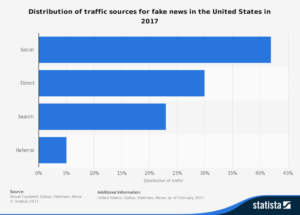
Fake news continues to spread at an alarming rate. With no reliable way of detecting it, it is essential that we consider all of the 4 Ds of social media warfare when consuming news. The development of technology and access to smartphones has made everyone out there an ‘information actor.’ Also, people now express their opinions without worrying about the consequences or taking responsibility for their spoken words.
Points to consider when consuming news:
-
- Is the source reputable?
- Who is the author?
- What supports the article?
- Is it satire?
- Consider ‘confirmation bias’.
The idea for this post ‘The 4 Ds of social media warfare’ first came about after I attended an excellent conference recently on ‘Social Media in the Military.’
For more information and some excellent resources on strategic communications, take a look at the Nato Stratcom Centre of Excellence website.
Want to discuss fake news or the ‘The 4 Ds of social media warfare’? Leave me a comment below or message me on Twitter.


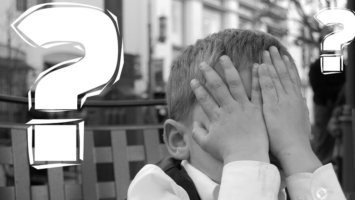
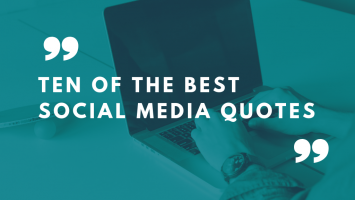
Leave a Reply